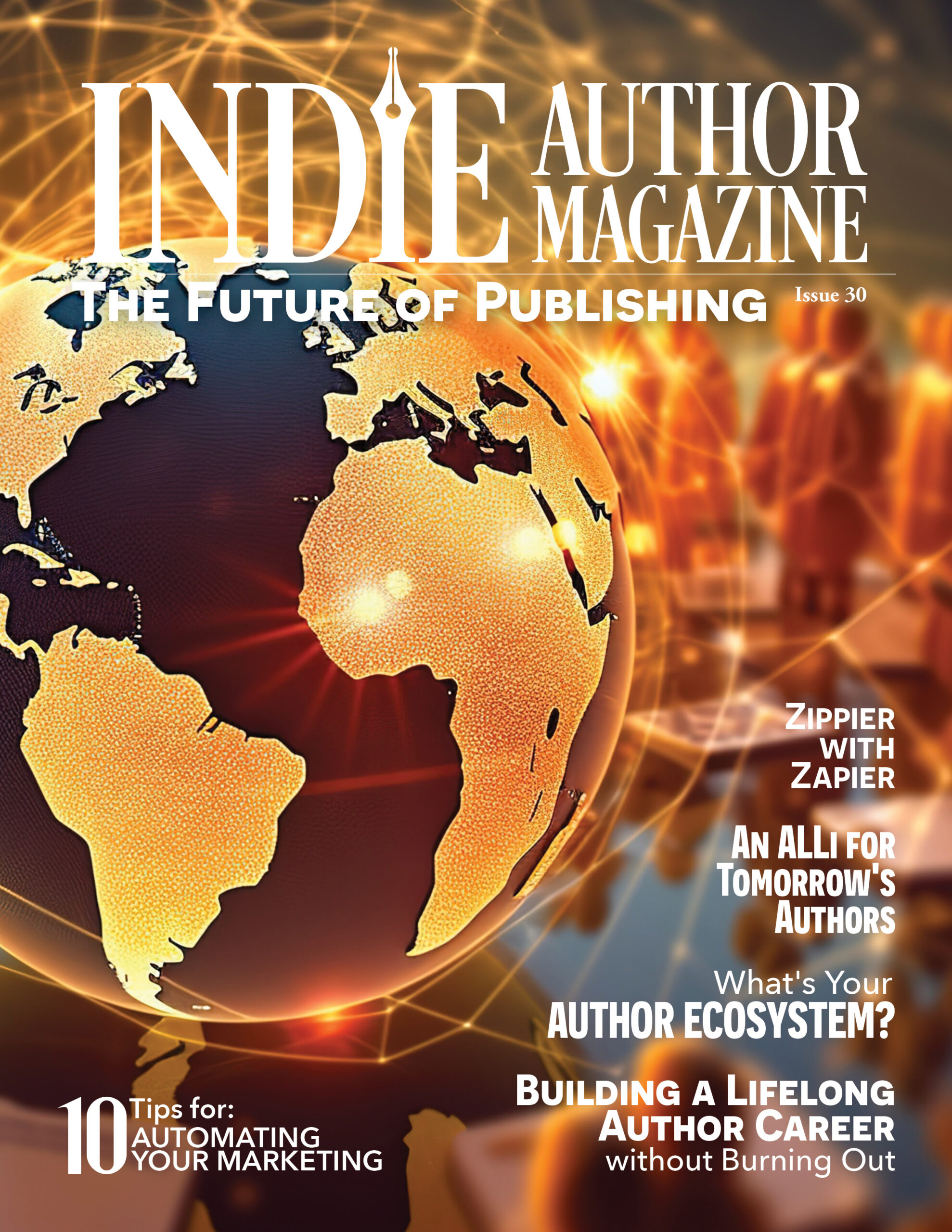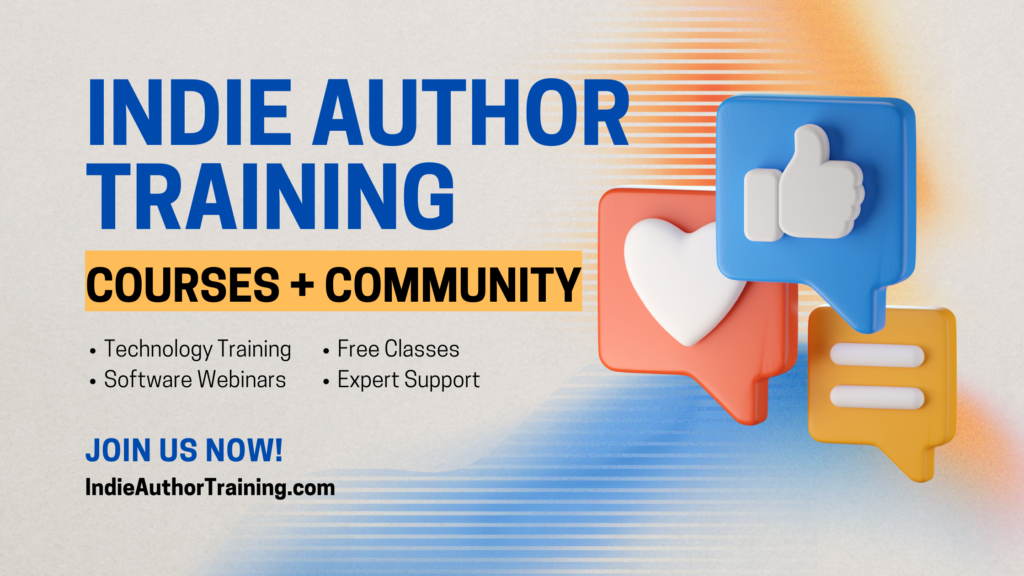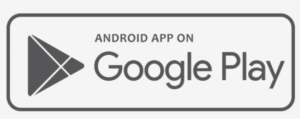Have you ever woken up at 3:00 a.m., sat upright in bed, and cried out, “Dagnabbit! I wish I could just sign up for more newsletters!” Or maybe the cause of your sleeplessness is more along the lines of refreshing your empty email inbox and wondering when authors were going to send you more content. Possibly, it’s the dismay you feel while staring at your e-reader and puzzling over how you finished every single book and wondering when a new book would arrive.
Truth be told, the answer is likely no, and you can probably assume that many other readers would say the same—possibly even with concerned expressions.
What does wake us up in the middle of the night?
- Curiosity about the next book in the thriller series you just finished
- Wondering what the author of your favorite romance is actually like in real life
- Debating whether your cat came in after dinner
Or as an author, maybe you wake up with questions like these:
- How can I connect better with my readers?
- How can I be more human to my audience, more than just “that author of those books I like”?
- What might my readers like to hear from me in addition to more books?
Traditional Reader Magnets
Books have been written about reader magnets, what they are, and how to use them. A reader magnet is usually defined as something you give away to your readers, potential or existing, in exchange for them doing something you’d like them to do. The most common process is the author giving away a chapter, a novella, or even an entire book in exchange for their sign up to your mailing list.
But let’s see if we can crawl outside the box and identify less-traveled paths that might be more fun for you as the author to create and more engaging for your readers to discover.
As authors, you don’t know who buys and reads your books until they directly connect with you. They are, as sad as it may sound, just a number. Sure, we could stop there. Authors write books; readers read them. Authors write more; readers read more. It’s worked just fine for decades, if not centuries.
So why a reader magnet?
Relationship.
If you can strengthen that author/reader relationship, you possibly gain a longer-term, deeper connection with your readers.
How can we do that?
One tactic is reader magnets.
Usually, the magnet is along the lines of:
- a secret chapter available nowhere else
- a novella only accessible to those who sign up for it
- a complete book, usually not available anywhere else
They click or go to your sign-up page, enter their email address, and you deliver what you promised. After this point, you build that relationship by sending them follow-up emails which, ideally, strengthen that relationship you’ve now started.
There you have it: the traditional reader-magnet process.
The Nonreading Reader Magnet
There’s absolutely nothing wrong with the traditional method of the reader magnet. In fact, it’s a highly recommended author tactic. But what if you tweaked that reader idea just a tad?
There is certainly a strong case for thinking that readers read and want more to read from you, the author. In fact, experts in the industry strongly recommend that you use your wordsmithing talents to attract new readers by … well, by using your wordsmithing talents and offering them more of your writing.
But what if the author offered not words on a page or chapters in a book but something from a different medium?
Have you ever noticed that when you hear someone on a podcast and then you meet them in real life you feel as if you already have a bit of a connection with them? This differs from the connection you have with an author when you read their books.
When someone’s voice, quite literally, is in your head, coming through your ears while you’re walking in the woods, driving the car, or doing the dishes, you have a different dimension in which to experience that person. It’s using a different sense and even using different organs. You hear intonations in their voice, their accent, and maybe even how they say certain words or phrases.
It’s just one example of how mediums differ from each other. Other examples of reader magnets use yet more media to relate to your reader. Each one offers a slightly different take on the same topic. Nonreading reader-magnet ideas span a wide range of options. Why not see what triggers your creative senses? Although it’s certainly not an exhaustive list, these alternative reader magnets can include:
- a video you did on YouTube
- a playlist you created on YouTube (Pro tip: playlists can be made up of your videos or videos from others—think of it like a curated list)
- a Spotify playlist of music, such as music you play in the background when you write or songs you think would be the soundtrack for the film version of your book
- a blooper reel of deleted scenes or chapters
- a character sketch of a character who got cut from the cast
- artwork from your cover
- a detailed map of your fantasy world
- an audio recording from your audiobook narrator (e.g. a free audio chapter)
- an audio recording from you, the author
- a behind-the-scenes monologue
- a virtual video tour of your writing space
- an over-my-shoulder screen recording of you writing in one of your books (daring!), maybe with your narration as you write
- a quiz about a character in your book to test your reader’s true connection with your characters
- an interview with one of your characters (get a friend to help you or actually switch hats and act as both yourself and the character)
- an auto-responder series using your email service provider (something like the YouTube or Spotify playlist but with curated emails with a specific theme, e.g., 10 Days in 10 Emails in the Life of Thaddeus Persmicken)
- a survey asking your readers for their feedback or a book/story-specific survey
- a mini-course of either something practical or maybe a How To _____ (e.g., Witchcraft) based on the genre of your book
- a prize or contest with a chance to win something (yet still make sure they get something)
- something else creative that this list sparked as you read through it
If this list feels overwhelming, don’t feel as if you have to do all of them. Pick a single item to start with, and do that.
Stretch yourself, even if just a little, and your readers will appreciate it. Feel free to mention to them that you’re getting out of your comfort zone, and they’ll already be curious about what that means to you.
If you already have a reader magnet in the traditional format, one easy opportunity is to change the format of that same content. If it’s a chapter of a book, think about reading it aloud or acting it out in front of a camera. Or—here’s a wild option—ask your fans to read it aloud and choose a winner and share their version of your work with your audience.
Connect with your readers in ways other than offering them more to read, and see how you can deepen your relationship with them.
They—and even you—might discover a whole new perspective on your present and future work.





